Sweet basil, scientifically known as Ocimum basilicum, is a popular herb used in many culinary dishes, particularly in Mediterranean and Italian cuisine. It is known for its vibrant green leaves and distinctive aroma and flavor. Here are some key characteristics and uses of green sweet basil:
- Appearance: Sweet basil typically has bright green, oval-shaped leaves with a smooth texture. The leaves are often around 2 to 3 inches in length and grow on small, bushy plants.
- Flavor and Aroma: Sweet basil has a sweet, slightly peppery, and mildly licorice-like flavor. Its aroma is rich and aromatic, with hints of clove and anise.
- Culinary Uses: Sweet basil is a versatile herb used in a wide range of dishes. It’s a key ingredient in classic Italian recipes like pesto sauce, caprese salad, and tomato basil pasta. It can also be used in soups, stews, sauces, and as a garnish for various dishes.
- Medicinal Uses: Basil, including sweet basil, has been used in traditional medicine for its potential health benefits. It contains essential oils, antioxidants, and compounds like eugenol, which may have anti-inflammatory and antibacterial properties. It’s also used in herbal remedies and teas.
- Cultivation: Sweet basil is relatively easy to grow and is often cultivated in gardens and as a potted herb. It prefers well-drained soil, plenty of sunlight, and moderate watering. It can be grown from seeds or purchased as young plants from nurseries.
- Varieties: There are different varieties of basil, each with its unique flavor and appearance. Sweet basil is the most common variety, but other types include Thai basil (with a spicy, anise flavor) and lemon basil (with a citrusy aroma).

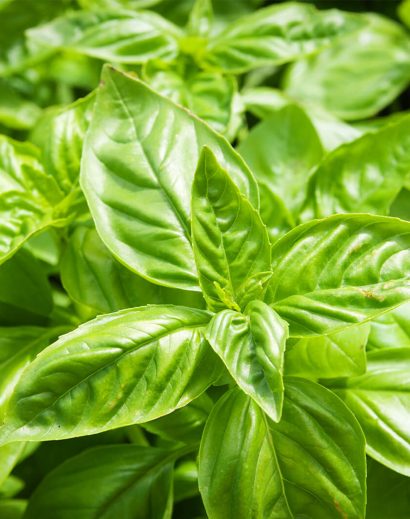
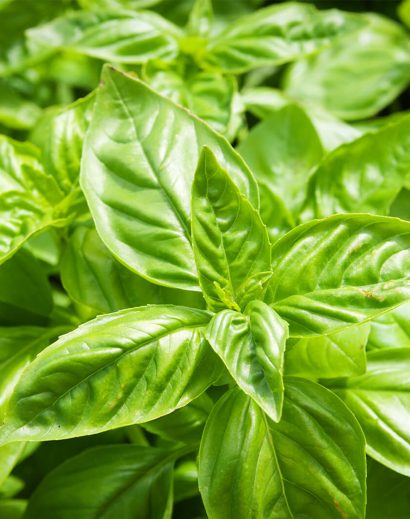
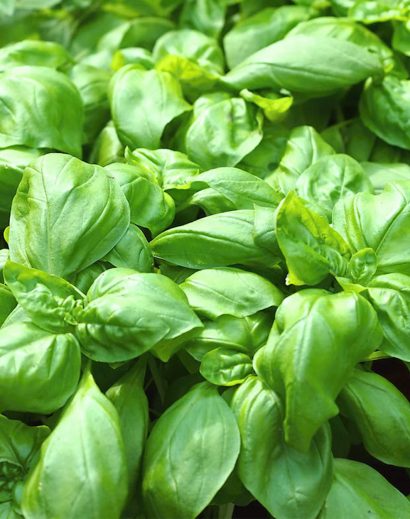
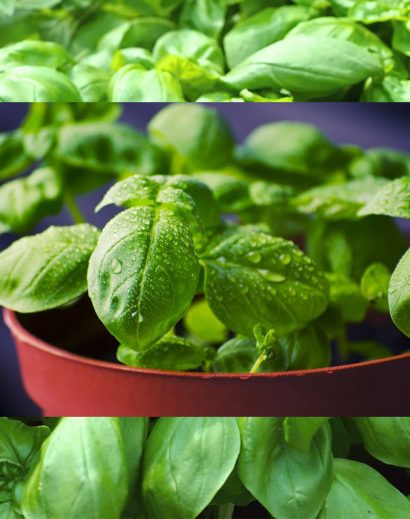
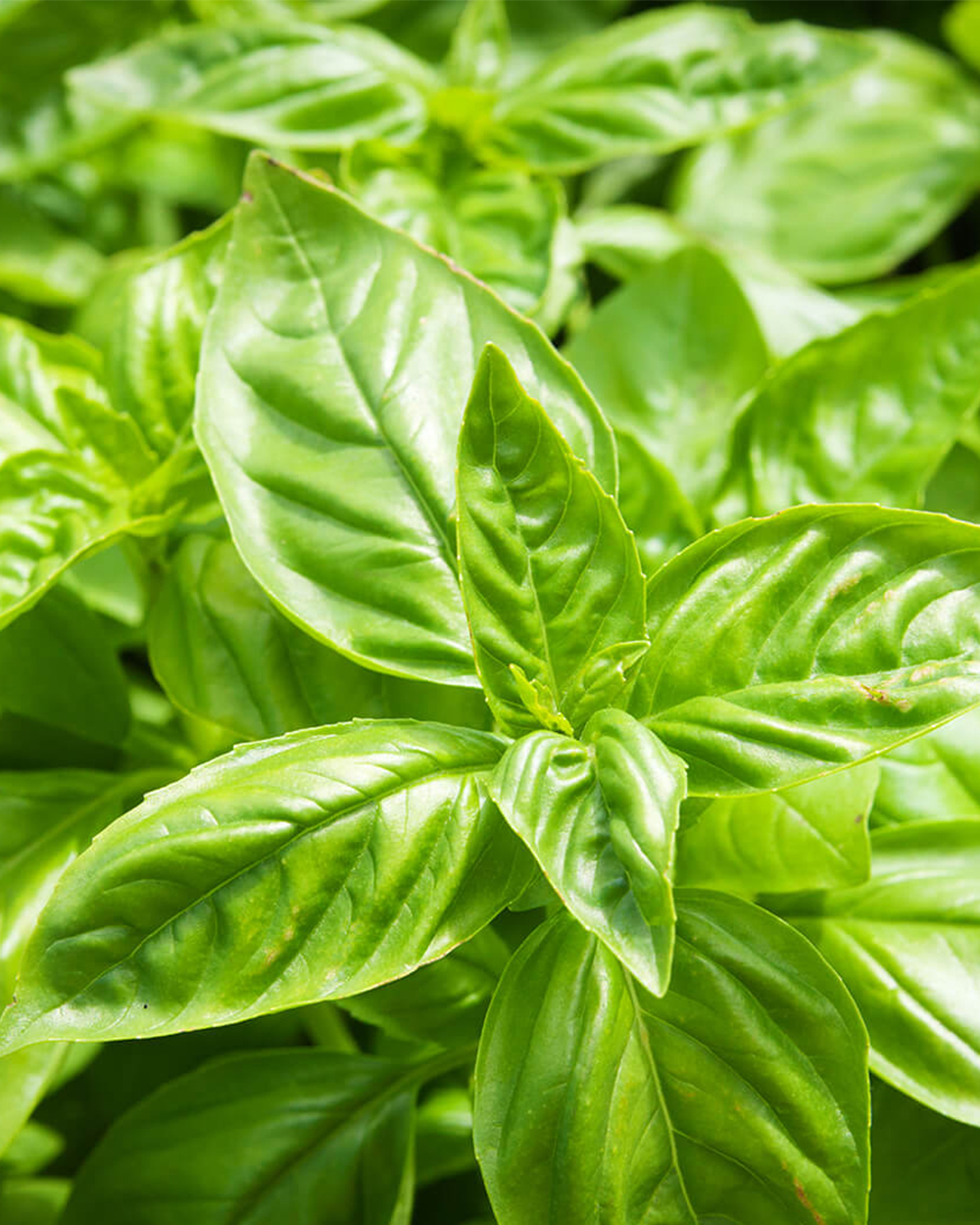
Reviews
There are no reviews yet.